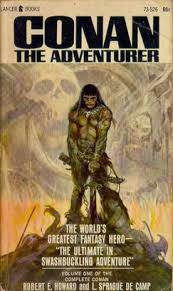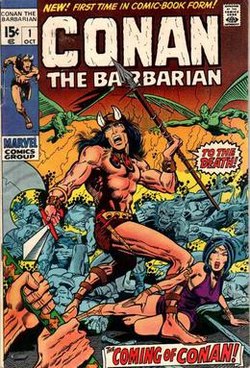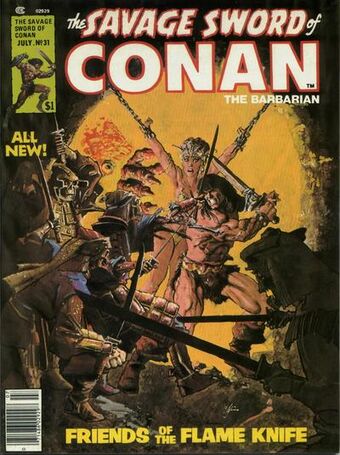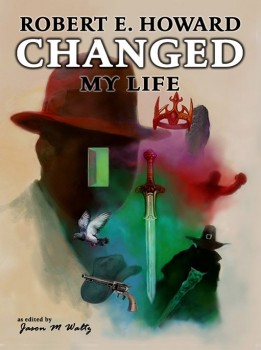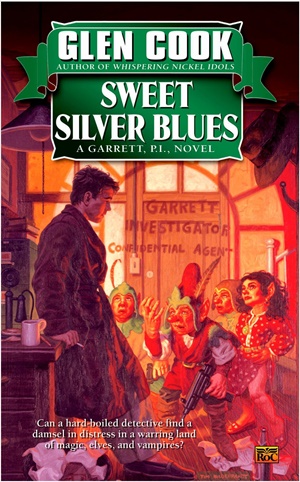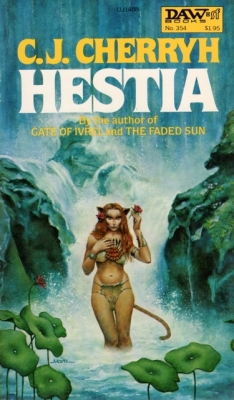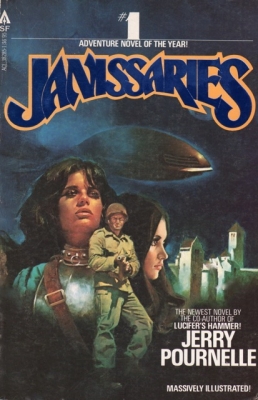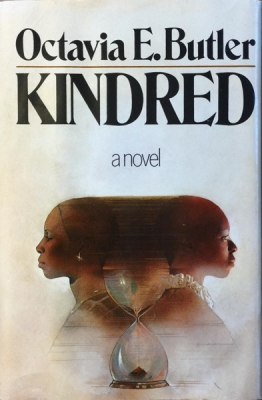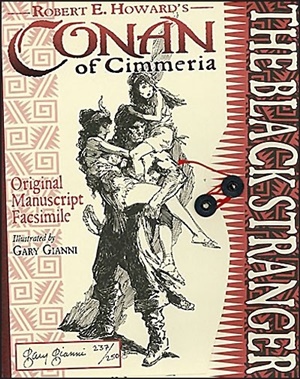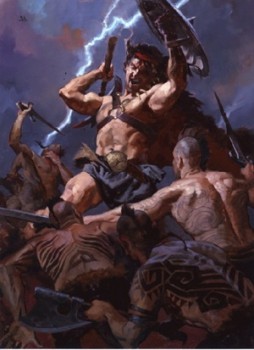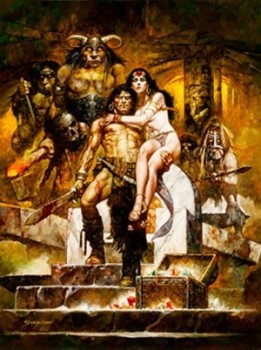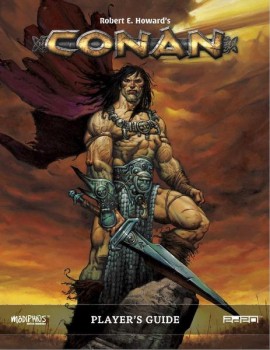Rogue Blades Presents: Sometimes a Good Hero is Hard to Find
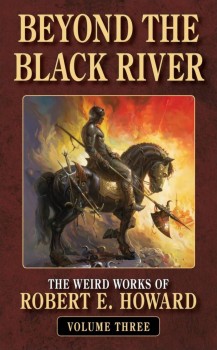 Recently I’ve been reading Beyond the Black River, a collection of Robert E. Howard tales published by Wildside Press. Within those pages one can find a couple of horror tales but also a handful of Conan the Cimmerian yarns, including the short story which gives this book its title.
Recently I’ve been reading Beyond the Black River, a collection of Robert E. Howard tales published by Wildside Press. Within those pages one can find a couple of horror tales but also a handful of Conan the Cimmerian yarns, including the short story which gives this book its title.
When reading Beyond the Black River, the book or the story, it is obvious not only who the protagonist happens to be, but also the hero. The two figures are not always the same individual within a tale. For instance, Conan features large in most of the stories here, and he is the hero in at least four of the tales, but he is not always the protagonist. Sometimes Howard would pen a Conan tale told from another point of view. But whatever the point of view, Howard was mainly a writer of action and adventure, thus he wanted there to be little question about his hero in any given story.
Also of late, like millions stuck at home, I’ve been watching my fair share of television, which is actually unusual for me. One show I’ve watched, again like millions, is The Mandalorian. Here, too, it is obvious who wears the title of hero and protagonist with the ever-helmeted “Mando” performing both roles. I also caught up on the show Justified, a modern Western of sorts featuring Timothy Olyphant as Deputy U.S. Marshall Raylan Givens in my home state of Kentucky (it was kind of fun to watch all the things the show got wrong about the Bluegrass State); once more it was not difficult to pick out the hero and protagonist, here the same individual in Raylan Givens.
However, earlier in the year I read novels and stories and watched shows in which it was not so easy to pick out a hero.
For instance, watching the super hero show The Boys on Amazon Prime, there are a whole lot of bad people but not a lot of real heroes. Even a regular protagonist is difficult to pinpoint as this show has more of an ensemble cast with the focus on characters shifting. Early on in the series, Hughie Campbell (portrayed by Jack Quaid) is the protagonist, but by the end of the first season Hughie has been taken in as part of the broader cast. Also, while Hughie occasionally does something that is heroic, he generally is too reticent to be a regular hero. Still, he usually tries to do what’s right, at least for the moment, and maybe that’s all we can ask for a modern television hero. And I don’t want to leave out other characters, for Starlight (Erin Moriarty) is usually the most heroic of the “supes” and she also tries to do what is right, but she’s not exactly the hero of the show. Karl Urban’s Billy Butcher character plays large on the screen whenever he appears, and he does sometimes do the right thing, even the heroic thing, but I don’t think anyone who has watched the show would consider Butcher a hero, especially as his motives usually come from pain, rage and sometimes even selfishness.
 Do you remember your first hero? Any kind of hero. It could have been a hero from a movie or a book or a television show, even a hero from real life.
Do you remember your first hero? Any kind of hero. It could have been a hero from a movie or a book or a television show, even a hero from real life.